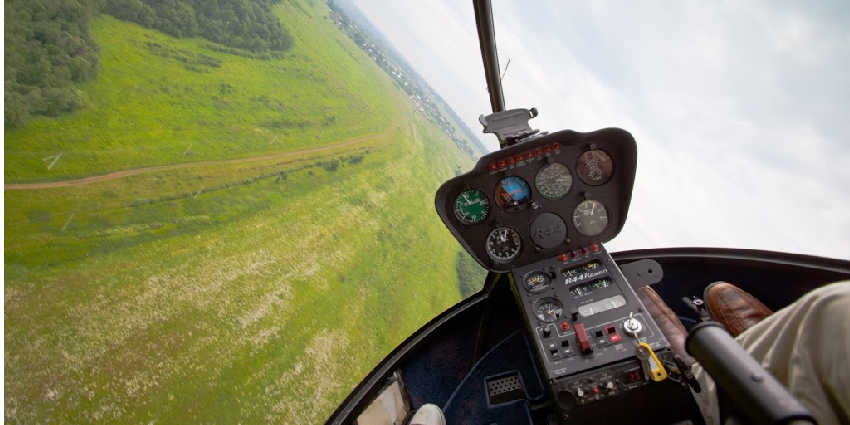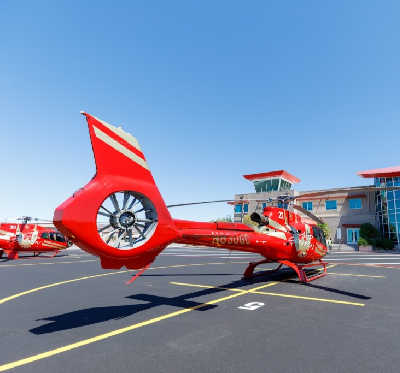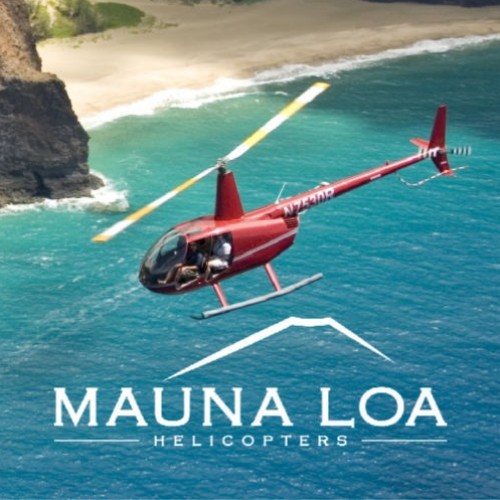For local resources,
choose a city page in New Jersey:

Welcome Student Helicopter Pilots Living in New Jersey
Aviation Schools Online proudly displays the Helicopter Flight Schools recognized as the top helicopter flight schools in New Jersey. Why? One simple reason, helicopter flight school graduates will eventually land a job flying helicopters in New Jersey for a living, so it's important that we promote only the best helicopter flight schools near New Jersey.
ASO represents and lists the country's best helicopter flight schools in New Jersey designed for career-minded helicopter student pilots. To start the admissions process call our Student Services Department today!
ASO promotes helicopter flight schools near New Jersey that are approved and authorized by the Federal Aviation Administration (FAA) to teach helicopter flight school students under Federal Aviation Regulation (FAR) Part 61 and FAR Part 141.
The FAA approval list is a very short list of helicopter flight schools near New Jersey that meet the rigorous requirements necessary to be a Part 141 training program.
The top Helicopter Flight Schools near New Jersey listed in Aviation Schools Online (ASO) offer approved Part 141 courses that are designed to take students from “student pilot” to a “Certified Flight Instructor - Instrument” (CFII) and beyond.
Consider Only The Best Helicopter Flight Schools in New Jersey
ASO is known for being the flight school directory that best promotes helicopter flight schools for career pilots wishing to fly helicopters for a great paying job.
ASO has located and displays the best helicopter flight schools near New Jersey who have best-developed career pathways for aspiring commercial pilots to land their dream job. From flight instruction to college degrees, at Aviation Schools Online we know how to lead motivated students to achieve their life long dream of becoming a commercial pilot.
We know what employers want from their helicopter pilot candidates, and our job is to help you to effectively compete for the top aviation jobs.
Why attend a helicopter flight school in New Jersey? Typically, helicopter pilots who have a college degree are better equipped to compete for the best aviation jobs. We recommend that student pilots look to combine their helicopter flight training as part of earning a standard college degree.
Some veterans, depending upon eligibility, can receive up to 100% of their education funded through their post 911 GI Bill® education benefits to attend helicopter flight schools near New Jersey. For career-minded student pilots, having a college degree with flight your flight certificates is the best of both worlds.
In addition to the college degree, helicopter flight school graduates earn certificates spanning from Private Helicopter Pilot, Instrument Rating, Commercial Helicopter Pilot, Certified Flight Instructor, and Certified Flight Instructor Instrument. If you are a pilot with a dream to fly helicopters, we recommend you learn to fly with the best in the world.
Regardless of which helicopter flight school you choose to attend, know that with the schools listed on ASO you are joining a world class organization with the highest standards of excellence.
ASO is Engaged with Aviation-Helicopter Employers
As mentioned above, Aviation Schools Online (ASO) is engaged with aviation employers. We know what employers are considering when interviewing their helicopter pilot candidates from New Jersey; they are looking for something more than most schools can offer.
Employers are looking for experienced helicopter pilots from New Jersey (having plenty of PIC hours) and specialty training. This is where ASO’s Proprietary Courses come in.
 At ASO helicopter pilots from New Jersey will have the unique opportunity to take advanced courses in Mountain Flying, External Load Training, Turbine Transition Course and even a Medium Transition Course.
At ASO helicopter pilots from New Jersey will have the unique opportunity to take advanced courses in Mountain Flying, External Load Training, Turbine Transition Course and even a Medium Transition Course.
While providing outstanding advanced helicopter flight training courses ASO's sponsored helicopter flight schools in New Jersey are equipped to teach advanced techniques.
Essentially, the advanced courses are designed to provide the skill sets required for students to succeed in a highly competitive helicopter aviation market. The advanced helicopter student-pilots from New Jersey are trained by instructors with real-life experience in the industry - they know what employers are looking for.
By providing a safe yet real-world learning environment helicopter student-pilots from New Jersey will gain the understanding that their personal success is also reflective of the flight school's success. Meaning, a helicopter flight school in New Jersey is not considered successful unless their helicopter student-pilots from New Jersey earn the best helicopter piloting job and advance their careers.
For more information about Aviation Schools Online please call us today. Our admissions specialists can help you find the best pathway to becoming a commercial pilot.
FAA - A History of Fixed-Wing Structures Information for New Jersey
The skin of aircraft can also be made from a variety of materials, ranging from impregnated fabric to plywood, aluminum, or composites. Under the skin and attached to the structural fuselage are the many components that support airframe function. The entire airframe and its components are joined by rivets, bolts, screws, and other fasteners. Welding, adhesives, and special bonding techniques are also used.
The Axes of an Aircraft
Whenever an aircraft changes its attitude in flight, it must turn about one or more of three axes. Figure 2-10 shows the three axes, which are imaginary lines passing through the center of the aircraft. The axes of an aircraft can be considered as imaginary axles around which the aircraft turns like a wheel. At the center, where all three axes intersect, each is perpendicular to the other two. The axis that extends lengthwise through the fuselage from the nose to the tail is called the longitudinal axis. The axis that extends crosswise from wing tip to wing tip is the lateral, or pitch, axis. The axis that passes through the center, from top to bottom, is called the vertical, or yaw, axis. Roll, pitch, and yaw are controlled by three control surfaces. Roll is produced by the ailerons, which are located at the trailing edges of the wings. Pitch is affected by the elevators, the rear portion of the horizontal tail assembly. Yaw is controlled by the rudder, the rear portion of the vertical tail assembly.

